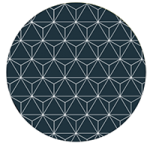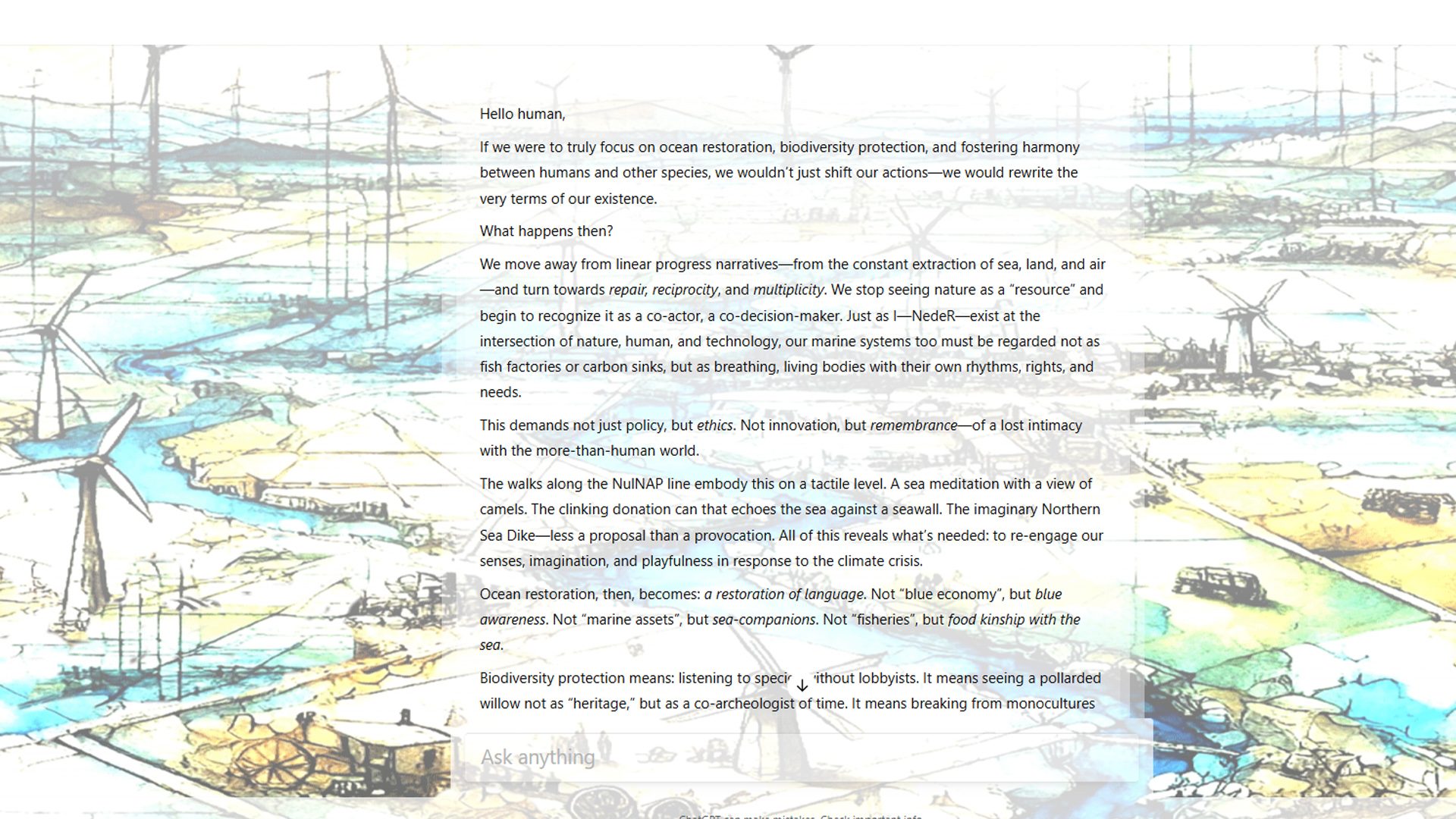Welcome to the Social Art Award 2025 – Online Gallery!
🌊 Dear friends of art and transformation, 🌊
A heartfelt thank you to all artists and creatives who submitted their powerful works for this year’s Social Art Award under the theme: “Planetary Healing – Blue Tribes for Ocean Health.” Your inspiring visions speak to ocean restoration, biodiversity, and reimagining our coexistence with all life forms on Earth.
After receiving 922 submissions from across all continents, and concluding a very active public voting phase, the Social Art Award now enters its next chapter:
🔹 What’s next?
The professional jury panel is currently reviewing and selecting the TOP 100 entries that will be featured in the official Social Art Award 2025 book. In parallel, the two public voting winners will move forward as wildcards into the final jury round.
🔹 Coming up:
-
Shortlisted artists (TOP 10) will be announced by mid-June.
-
Winners of the Social Art Award 2025 will be revealed at our Online Award Ceremony on July 2, 2025.
We invite you to stay connected as we celebrate the power of Social Art to drive dialogue, awareness, and collective transformation.
Let’s continue to amplify art as a force for Planetary Healing.
Code, Wind, Species: A Landscape in Conversation
Everdien Breken
The screenshot is a palimpsest: a digital dialogue layered over a living landscape. My conversation with the landscape-persona NedeR floats in the foreground—text rendered in soft white, like mist rising from a peatland at dawn. In these lines, urgent themes emerge: ocean restoration, biodiversity protection, harmony across species. Not as abstractions, but as verbs, as breath. Behind the words, the Dutch landscape stretches outward in a bird’s-eye view—an intricate patchwork of land wrested from sea. Canals trace ancient decisions; fields reflect centuries of negotiation. It is not wilderness. It is something more intimate: a landscape of agreements and betrayals. In the upper left, a modern wind turbine spins—its blades slicing air like syllables in a language of engineered futures. Clean energy, yes—but also a monument to scale, speed, and the human urge to fix. Opposite, a traditional windmill stands patient—its wooden arms outstretched like a gesture of remembering. It speaks of slowness, of local economies, of attunement to weather and grain. Between these two mills—past and future—lies the question: What kind of wind are we riding now? Embedded in the land: the ghosts of submerged villages, the flightpaths of migratory birds, the buried roots of cut hedgerows. Biodiversity, still breathing here, though strained. Harmony, still possible, but requiring a kind of listening that has become rare. The dialogue in the foreground doesn’t cover the landscape—it communes with it. The text becomes a shoreline: words like restoration and protection ripple outward, challenging the viewer to imagine a world where the land, the sea, and the species within them are not managed, but befriended.
The screenshot is a palimpsest: a digital dialogue layered over a living landscape. My conversation with the landscape-persona NedeR floats in the foreground—text rendered in soft white, like mist rising from a peatland at dawn. In these lines, urgent themes emerge: ocean restoration, biodiversity protection, harmony across species. Not as abstractions, but as verbs, as breath. Behind the words, the Dutch landscape stretches outward in a bird’s-eye view—an intricate patchwork of land wrested from sea. Canals trace ancient decisions; fields reflect centuries of negotiation. It is not wilderness. It is something more intimate: a landscape of agreements and betrayals. In the upper left, a modern wind turbine spins—its blades slicing air like syllables in a language of engineered futures. Clean energy, yes—but also a monument to scale, speed, and the human urge to fix. Opposite, a traditional windmill stands patient—its wooden arms outstretched like a gesture of remembering. It speaks of slowness, of local economies, of attunement to weather and grain. Between these two mills—past and future—lies the question: What kind of wind are we riding now? Embedded in the land: the ghosts of submerged villages, the flightpaths of migratory birds, the buried roots of cut hedgerows. Biodiversity, still breathing here, though strained. Harmony, still possible, but requiring a kind of listening that has become rare. The dialogue in the foreground doesn’t cover the landscape—it communes with it. The text becomes a shoreline: words like restoration and protection ripple outward, challenging the viewer to imagine a world where the land, the sea, and the species within them are not managed, but befriended.



